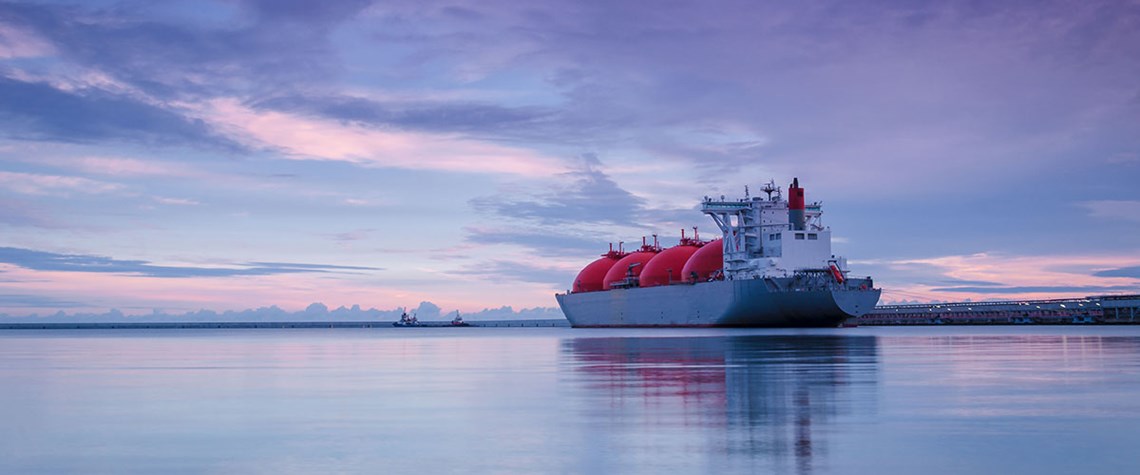Latin America’s uncertain LNG future
Old-guard importers are fading, but new markets are opening. The region’s exporters are adapting to the US threat
Latin America doesn't suck in huge quantities of liquefied natural gas like northeast Asia, or feed the world's thirst on the same scale as Australia or Qatar; but it has played an increasingly important role in the global gas trade in recent years. The Southern Cone countries—Brazil, Argentina and Chile—have been the region's stalwart importers. The region put itself on the LNG trade map earlier this decade. Severe droughts in Brazil forced the country to burn far more gas than usual, much of which it brought in from LNG markets. At the same time, Argentina's demand was surging and its production sliding, which saw it turn to LNG markets to plug the gap. In 2014, the Southern Cone countries

Also in this section
24 December 2025
As activity in the US Gulf has stagnated at a lower level, the government is taking steps to encourage fresh exploration and bolster field development work
23 December 2025
The new government has brought stability and security to the country, with the door now open to international investment
23 December 2025
A third wave of LNG supply is coming, and with it a likely oversupply of the fuel by 2028
22 December 2025
Weakening climate resolve in the developed world and rapidly growing demand in developing countries means peak oil is still a long way away







